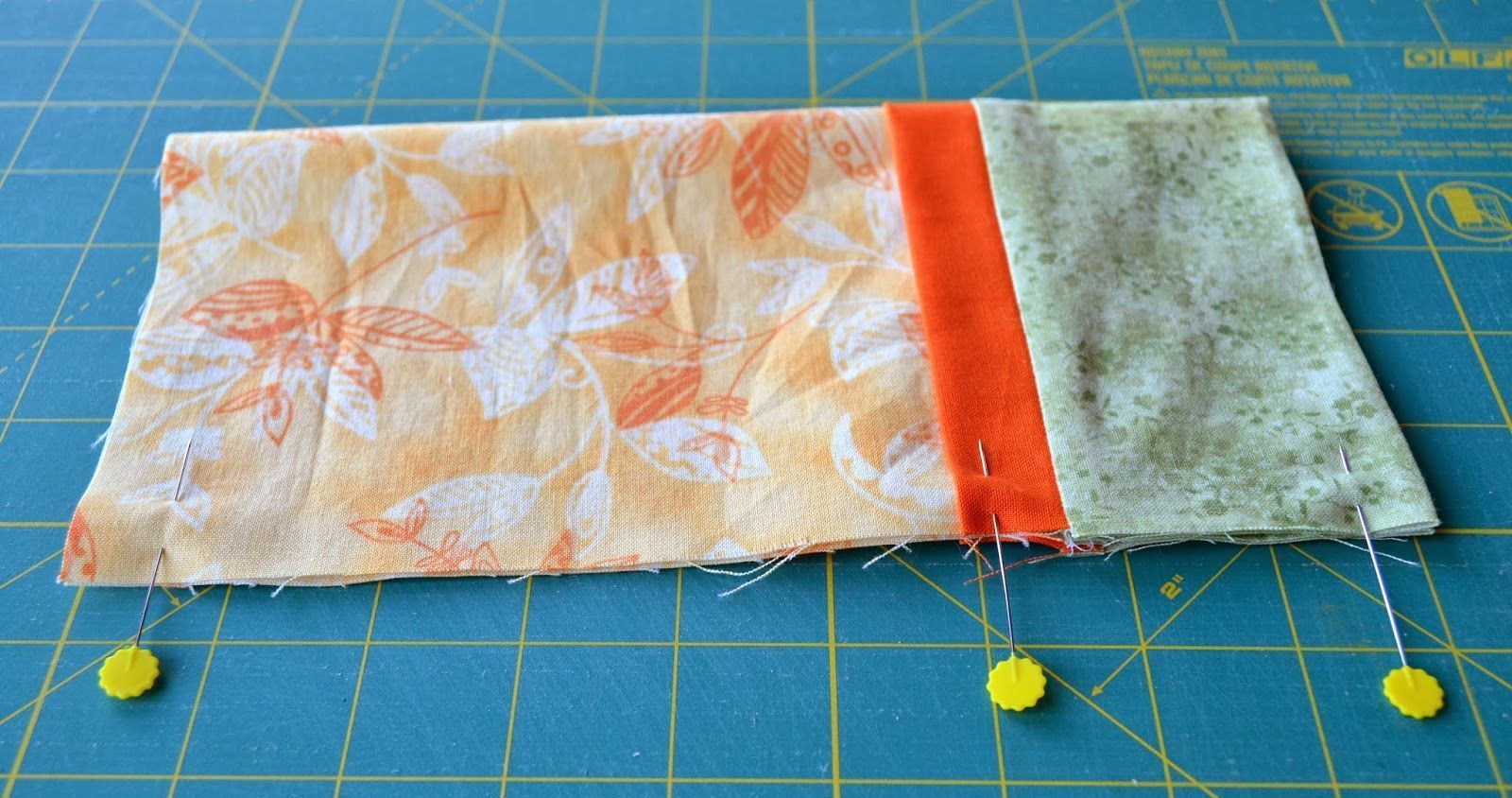

Articles
How To Sew A Pillowcase Using French Seams
Modified: August 16, 2024
Learn how to sew a pillowcase using French seams with our step-by-step articles. Explore easy sewing techniques and create beautiful pillowcases from scratch.
(Many of the links in this article redirect to a specific reviewed product. Your purchase of these products through affiliate links helps to generate commission for Storables.com, at no extra cost. Learn more)
Introduction
Welcome to the world of sewing! If you’re looking to add a personal touch to your home decor, learning how to sew a pillowcase is a fantastic place to start. Not only is it a practical project, but it also allows you to showcase your creative side. In this article, we will guide you through the step-by-step process of sewing a pillowcase using French seams.
French seams are a popular choice for pillowcases since they provide a clean and professional finish. Unlike regular seams, which can leave raw edges exposed, French seams encase the fabric edge, making them suitable for woven fabrics that tend to fray. Whether you’re a beginner or an experienced seamstress, this technique will elevate your sewing skills and leave you with a beautiful pillowcase that is both durable and stylish.
Before we dive into the sewing process, let’s gather the materials you’ll need for this project.
Key Takeaways:
- Elevate your home decor with personalized pillowcases using French seams, showcasing your creativity and sewing skills. Experiment with fabrics, colors, and patterns to match your style and add a unique touch to your living space.
- Master the art of sewing pillowcases with French seams, creating durable and stylish home decor. Embrace the creative freedom to customize designs, explore new projects, and continue honing your sewing skills for a personalized touch to your living space.
Read more: How To Sew A Cuffed Pillowcase
Materials Needed
Before you get started, make sure you have the following materials on hand:
- Fabric: Choose a fabric of your choice for the pillowcase. Cotton is a popular option due to its durability and easy maintenance.
- Thread: Select a thread color that complements or matches your fabric.
- Pillow: Measure the size of your pillow to ensure the right fit for your pillowcase.
- Scissors: Invest in a good pair of fabric scissors for clean and precise cuts.
- Sewing Machine (optional): While it is possible to sew by hand, a sewing machine will make the process faster and more efficient.
- Pins: Use pins to hold the fabric in place during sewing.
- Iron and Ironing Board: These will be essential for pressing seams and achieving a professional look.
- Tape Measure or Ruler: Accurate measurements are crucial for a well-fitting pillowcase.
Once you have all the materials ready, let’s move on to the next step: cutting the fabric.
Step 1: Cutting the Fabric
The first step in sewing a pillowcase is to cut the fabric to the appropriate size. Follow these steps:
- Measure your pillow: Use a tape measure or ruler to measure the length and width of your pillow.
- Add seam allowance: Add an additional 1 inch (2.5 cm) to the measurements to account for seam allowance.
- Mark and cut the fabric: Lay your fabric out on a flat surface and use a ruler or measuring tape to mark the dimensions of the pillowcase onto the fabric. Use fabric scissors to cut along the marked lines.
Make sure to cut two identical pieces of fabric for the front and back of the pillowcase. The size of the fabric should match the dimensions of your pillow, plus seam allowance.
With the fabric cut and ready, it’s time to move on to the next step: sewing the French seams.
Step 2: Sewing the French Seams
Now that you have your fabric pieces cut, it’s time to sew the French seams. Follow these steps:
- Place the fabric pieces right sides together: Take one fabric piece for the front and one for the back, and align them with right sides facing each other.
- Pin the edges: Carefully pin the fabric’s edges together along the sides and bottom, making sure to leave the top open for inserting the pillow later.
- Sew the first seam: Using a ¼ inch (0.6 cm) seam allowance, stitch along the pinned edges, backstitching at the beginning and end to secure the seam.
- Trim and press: Trim the excess seam allowance down to 1/8 inch (0.3 cm), then press the seam open with an iron.
- Turn the pillowcase inside out: Carefully turn the pillowcase inside out so that the wrong sides are now facing each other. The first seam should be enclosed within the fabric.
- Re-pin and sew the second seam: Pin the edges of the fabric once again, this time enclosing the first seam. Sew along the pinned edges using a 3/8 inch (1 cm) seam allowance.
- Trim and press: Trim the excess seam allowance down to 1/8 inch (0.3 cm) once again, and press the seam to one side.
The French seams ensure that the raw edges are completely enclosed within the fabric, creating a neat and tidy finish. Once you’ve completed the French seams, it’s time to move on to hemming the pillowcase.
When sewing a pillowcase using French seams, be sure to trim the seam allowance after the first seam to reduce bulk and achieve a clean finish on the inside of the pillowcase.
Step 3: Hemming the Pillowcase
After sewing the French seams, the next step is to hem the pillowcase. Follow these steps:
- Measure and mark the hem: Fold the open edge of the pillowcase towards the wrong side by ½ inch (1.3 cm) and press it with an iron. Then, fold it again by ½ inch (1.3 cm) and press it once more. This will create a double-folded hem.
- Pin the hem in place: Insert pins along the folded edge to secure the hem in place.
- Sew the hem: Using a straight stitch, sew along the folded edge of the hem, removing the pins as you go. Sew as close to the inner fold as possible, ensuring a clean and secure hem.
The hemming process provides a finished look to the pillowcase’s open end while preventing fraying. Once you’ve completed the hemming, it’s time for the final step: adding some finishing touches.
Read more: How To Sew A Pillowcase With A Flap
Step 4: Finishing Touches
Now that your pillowcase is taking shape, it’s time to add some final touches to complete the project. Follow these steps:
- Trim any loose threads: Carefully examine the pillowcase for any loose threads and trim them with scissors to ensure a clean finish.
- Press the pillowcase: Use an iron to lightly press the entire pillowcase, including the seams and the hem. This will give it a polished and professional look.
- Insert the pillow: Turn the pillowcase right side out and gently insert your pillow into the case, ensuring it fits snugly.
At this point, you’ve successfully sewn a pillowcase using French seams and completed all the necessary steps. Admire your handiwork – you now have a beautiful and custom-made pillowcase!
Feel free to experiment with different fabrics, patterns, and colors to create unique pillowcases that match your home decor or personal style. With your newfound sewing skills, you can make pillowcases for yourself, friends, and family, or even consider selling them online.
Remember, practice makes perfect, so continue honing your sewing skills and exploring new projects. Happy sewing!
Conclusion
Congratulations! You have successfully learned how to sew a pillowcase using French seams. By following the step-by-step instructions in this article, you have created a beautiful and functional home decor item that showcases your sewing skills.
Sewing your own pillowcases allows you to personalize your living space and add a touch of creativity to your home. Whether you prefer vibrant patterns, soothing colors, or classic designs, you can find the perfect fabric to match your style. The French seam technique provides a professional and polished finish, ensuring that your pillowcase is durable and built to last.
Remember, as you continue to practice sewing, your skills will improve, and you will become more confident in your abilities. Don’t be afraid to experiment with different fabrics, trims, or embellishments to add unique touches to your pillowcases. You can also explore other sewing projects and expand your repertoire.
Sewing is not only a practical skill but also a creative outlet. It allows you to express yourself and transform ordinary materials into something extraordinary. So, continue exploring the world of sewing, and let your imagination run wild.
Thank you for joining us on this sewing journey. We hope you enjoyed learning how to sew a pillowcase using French seams. Happy sewing!
Frequently Asked Questions about How To Sew A Pillowcase Using French Seams
Was this page helpful?
At Storables.com, we guarantee accurate and reliable information. Our content, validated by Expert Board Contributors, is crafted following stringent Editorial Policies. We're committed to providing you with well-researched, expert-backed insights for all your informational needs.
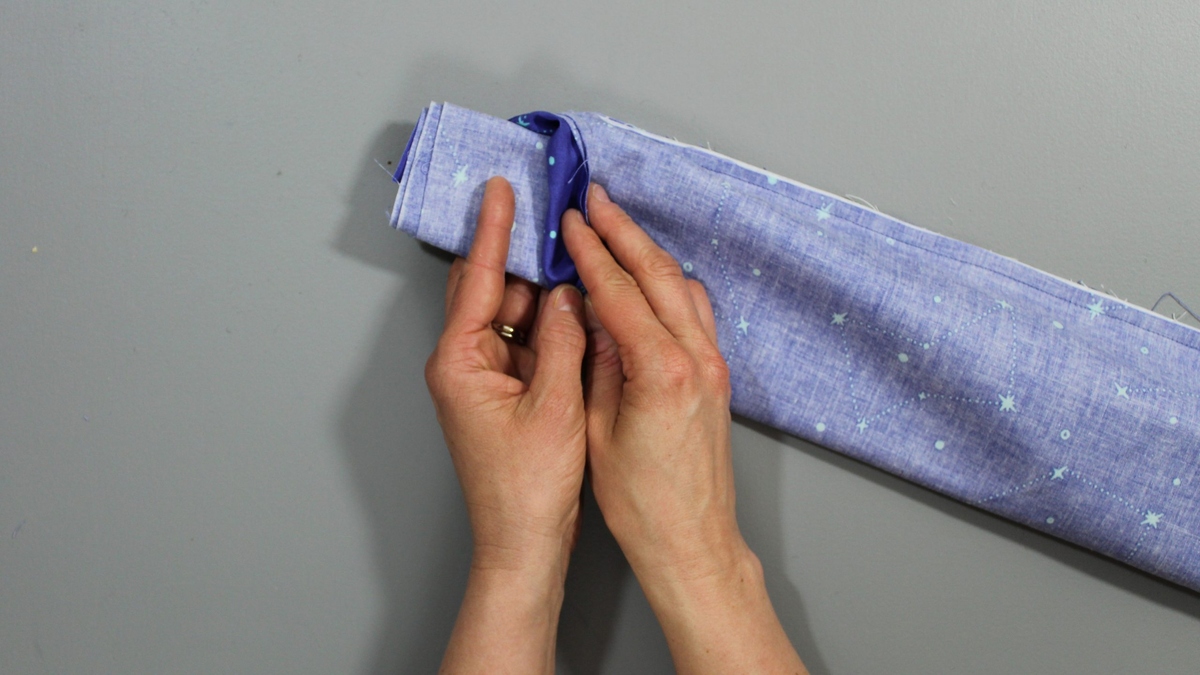
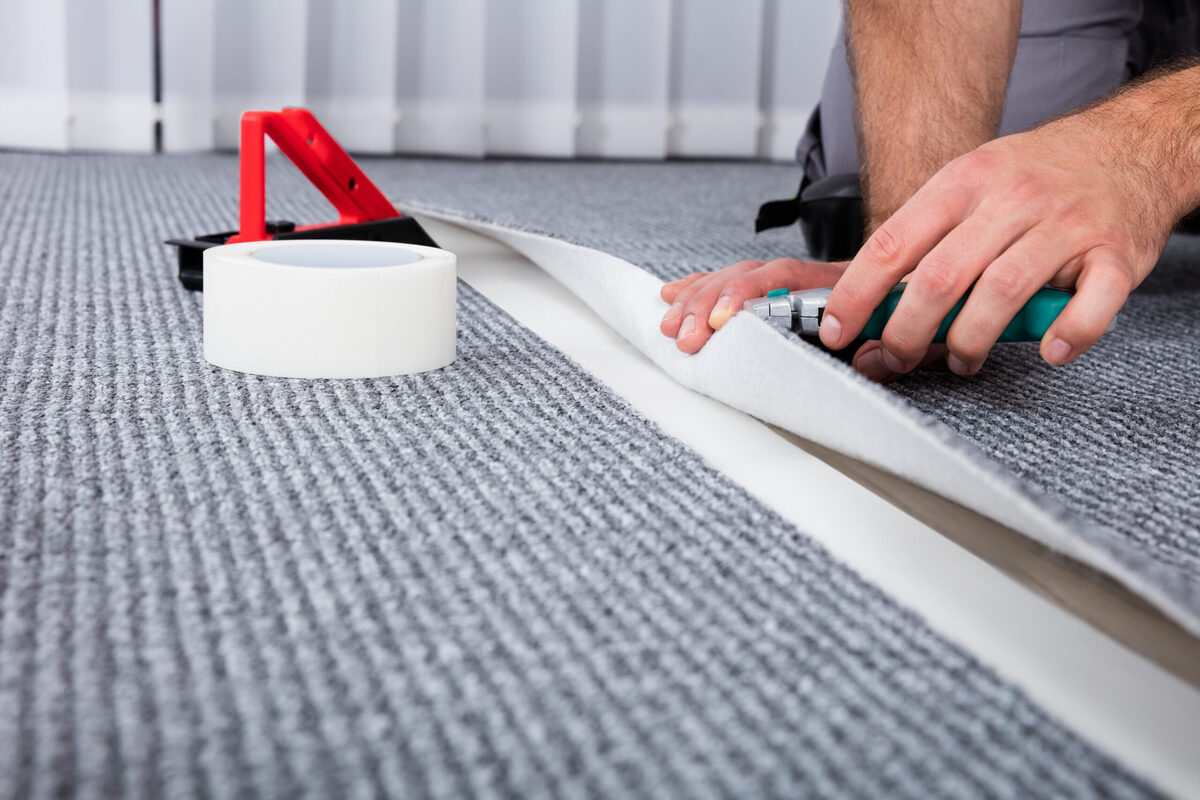

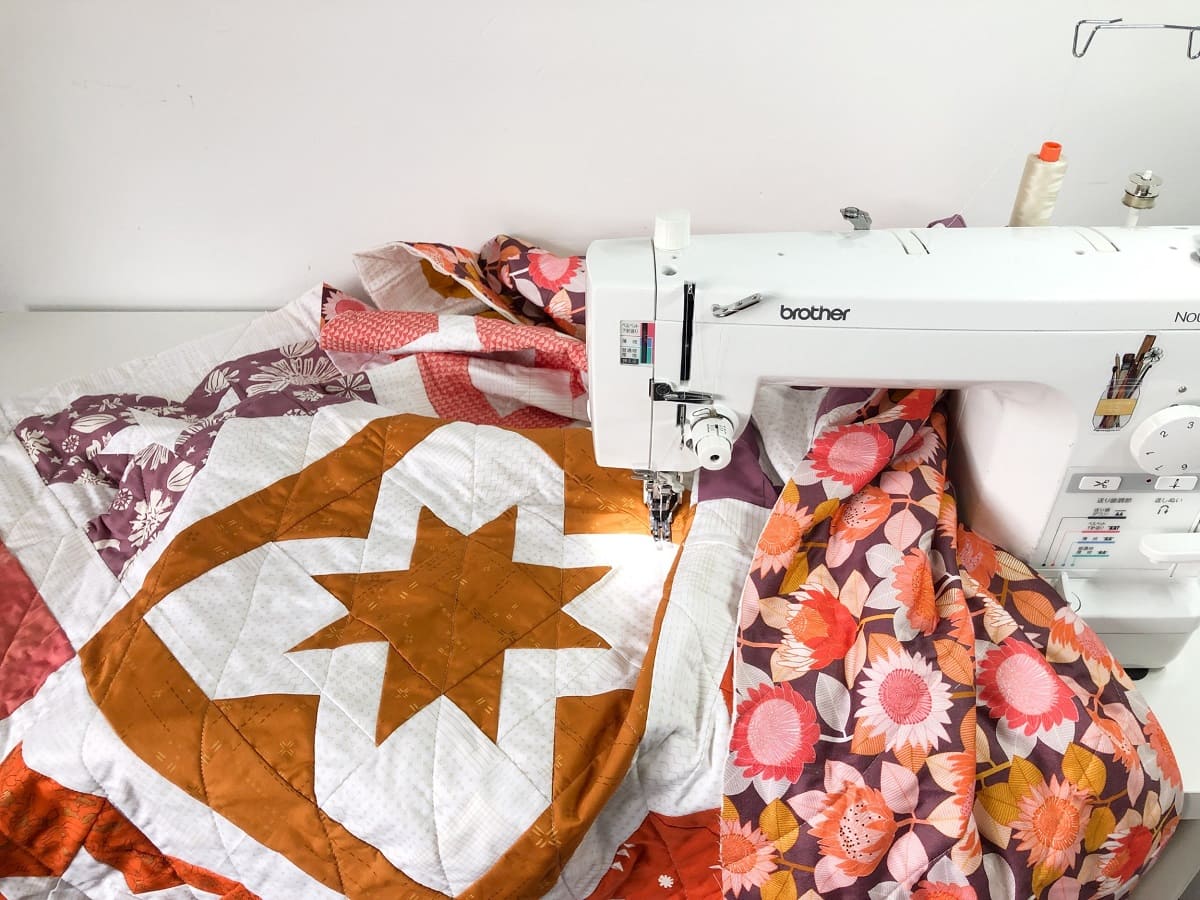
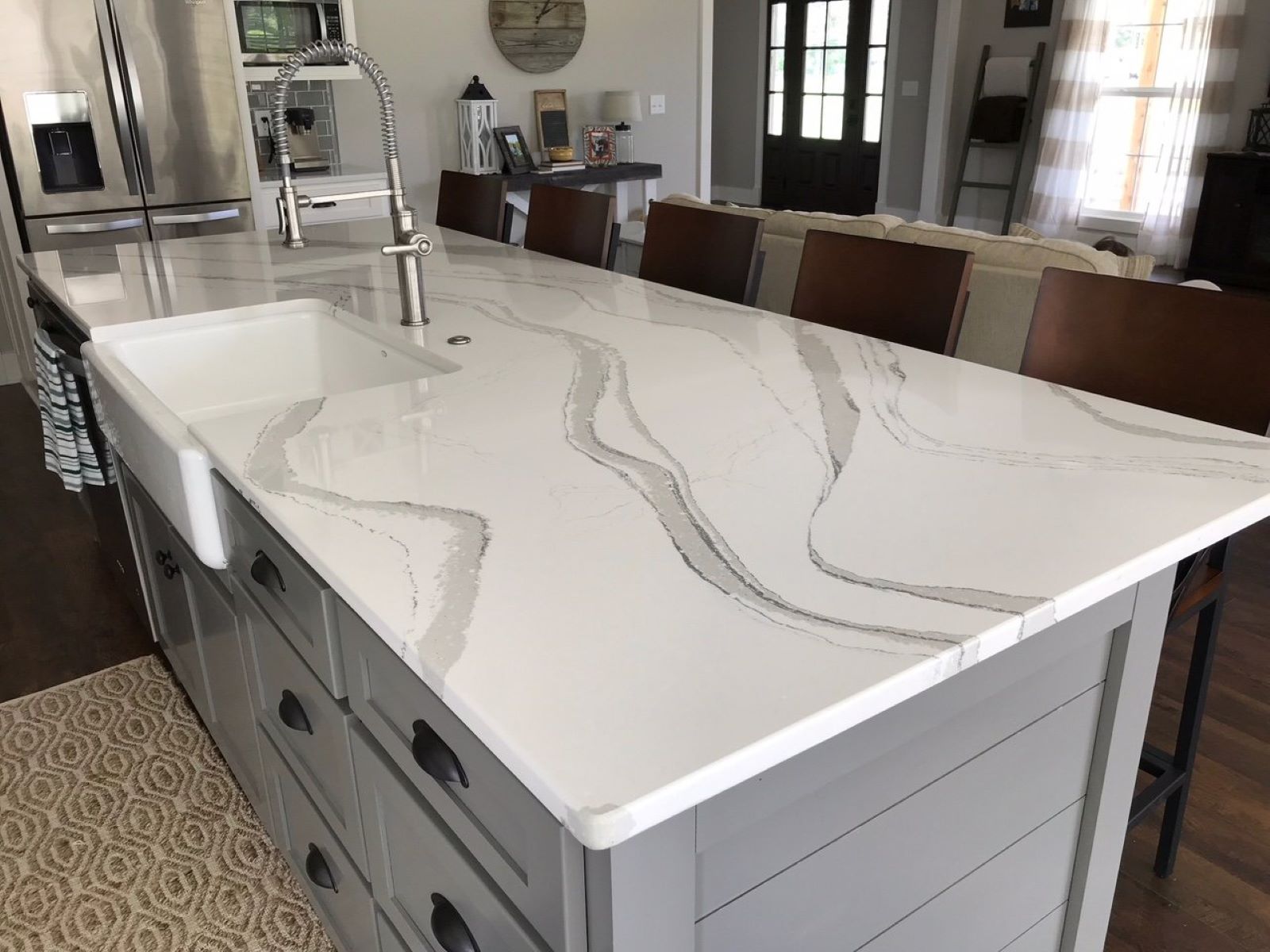
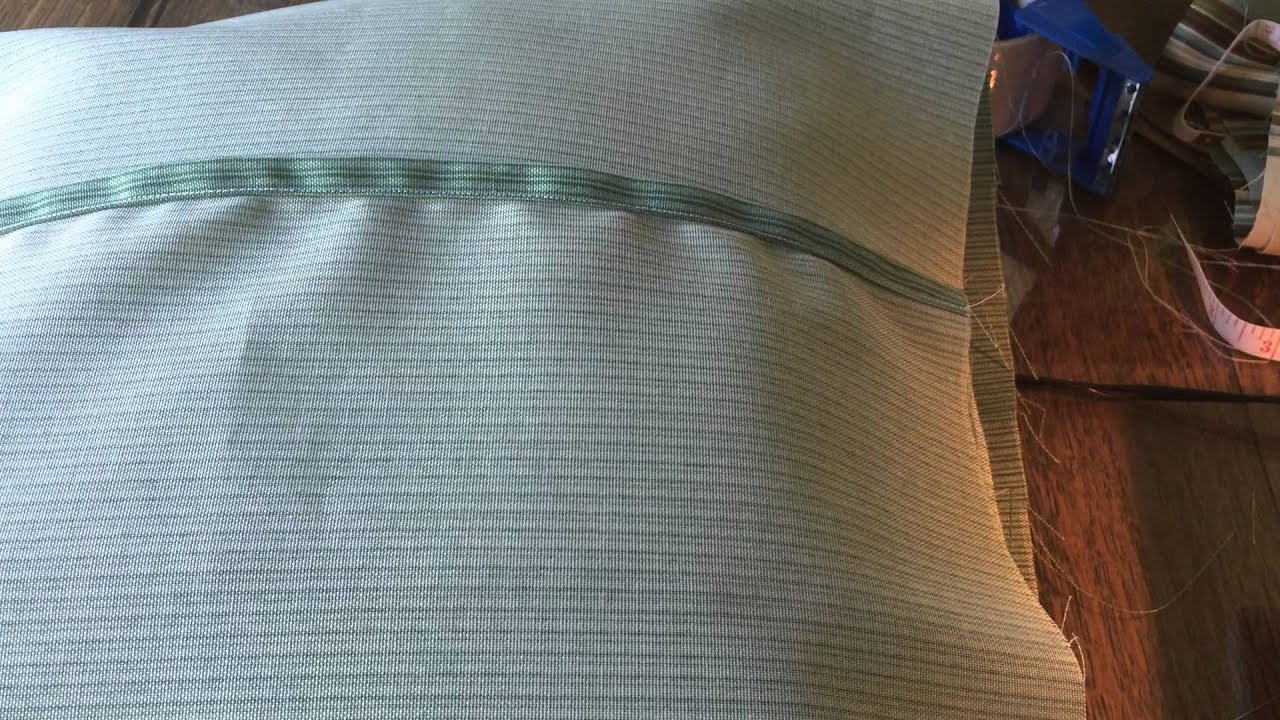
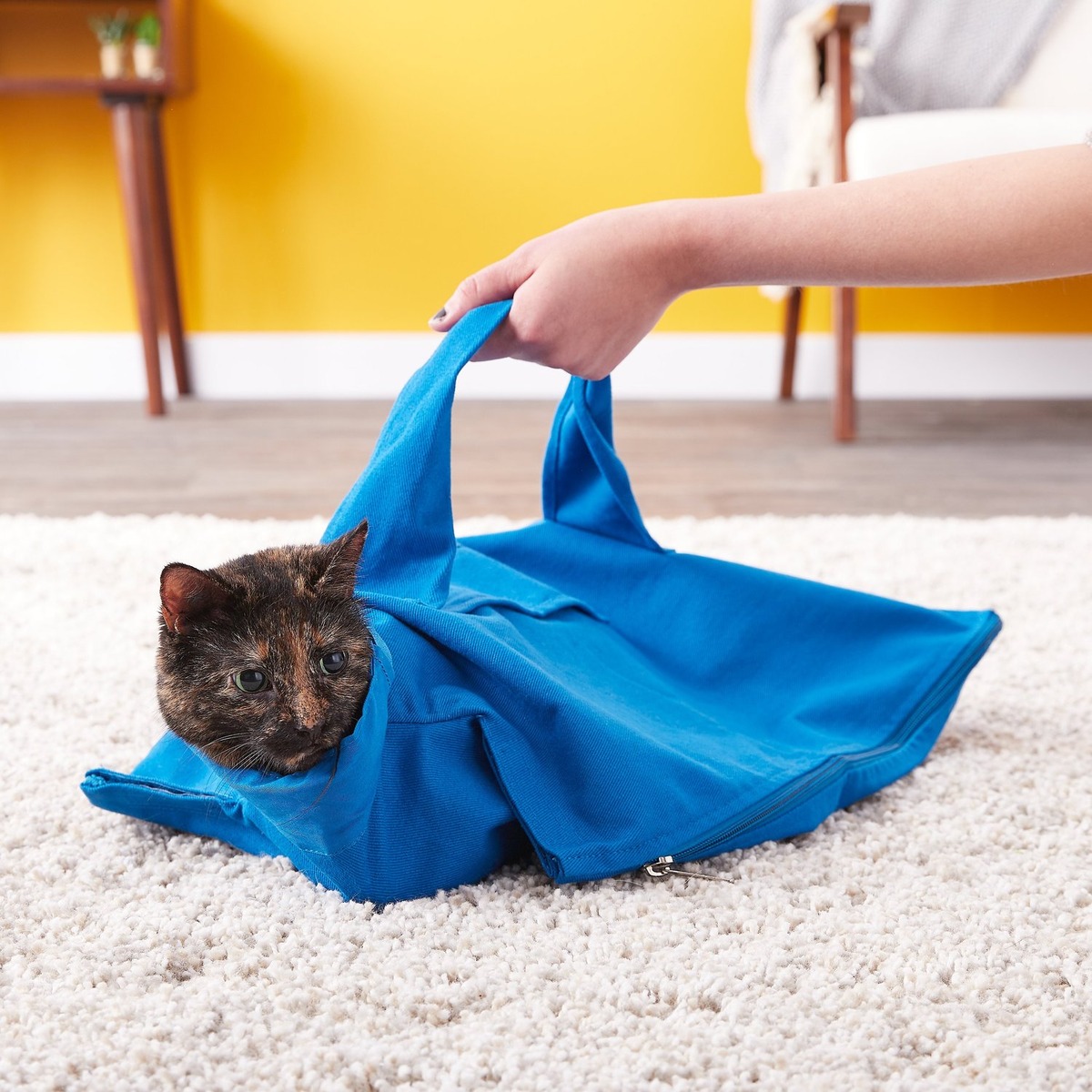
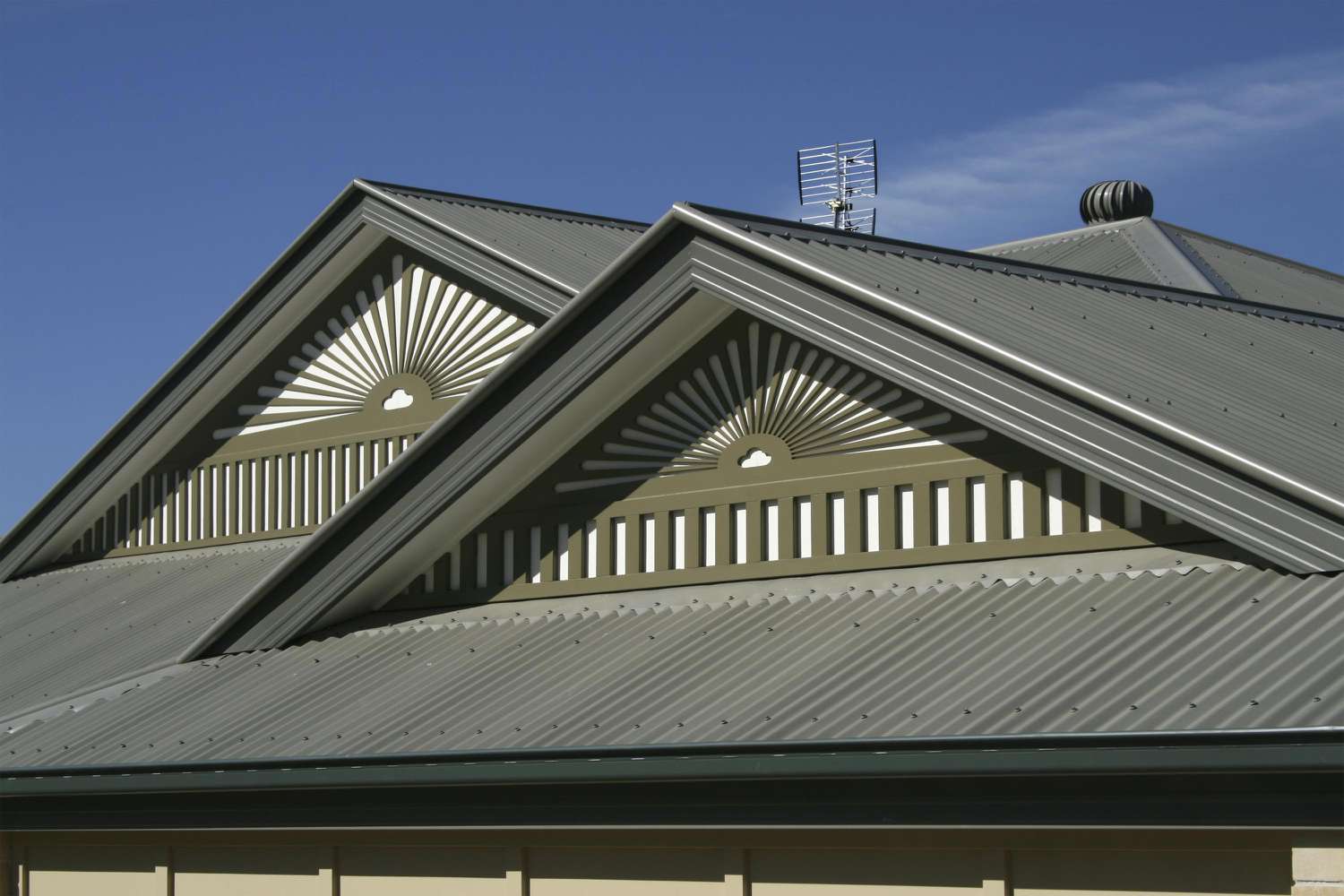
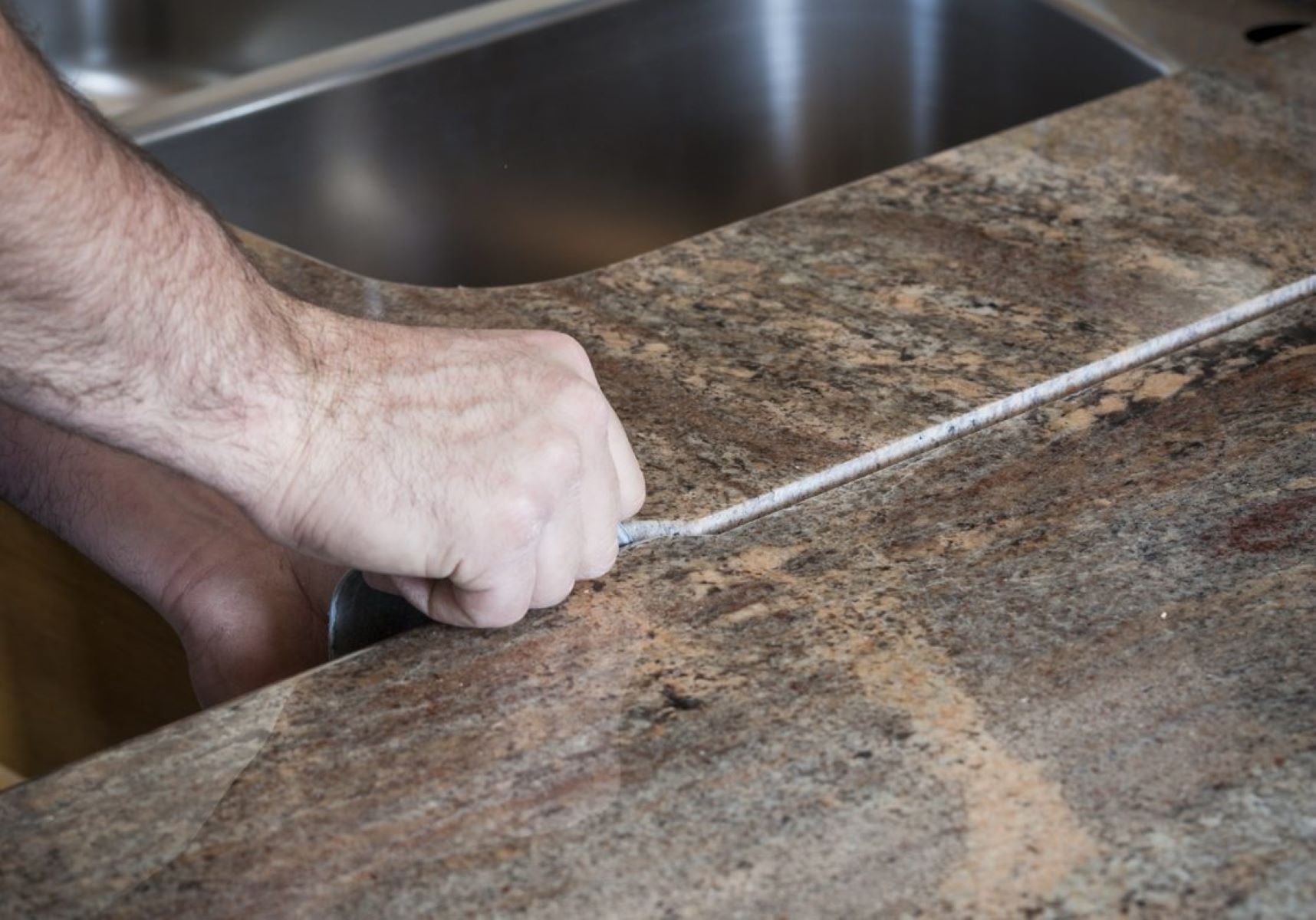
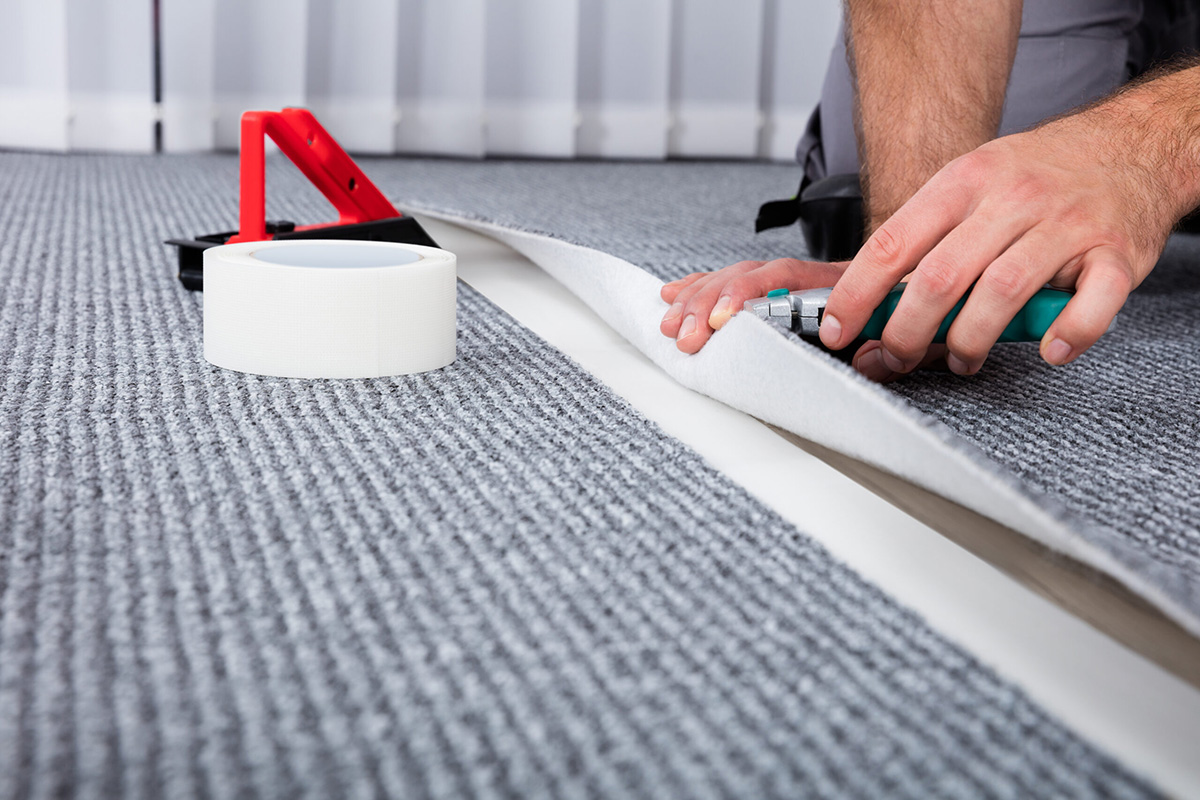
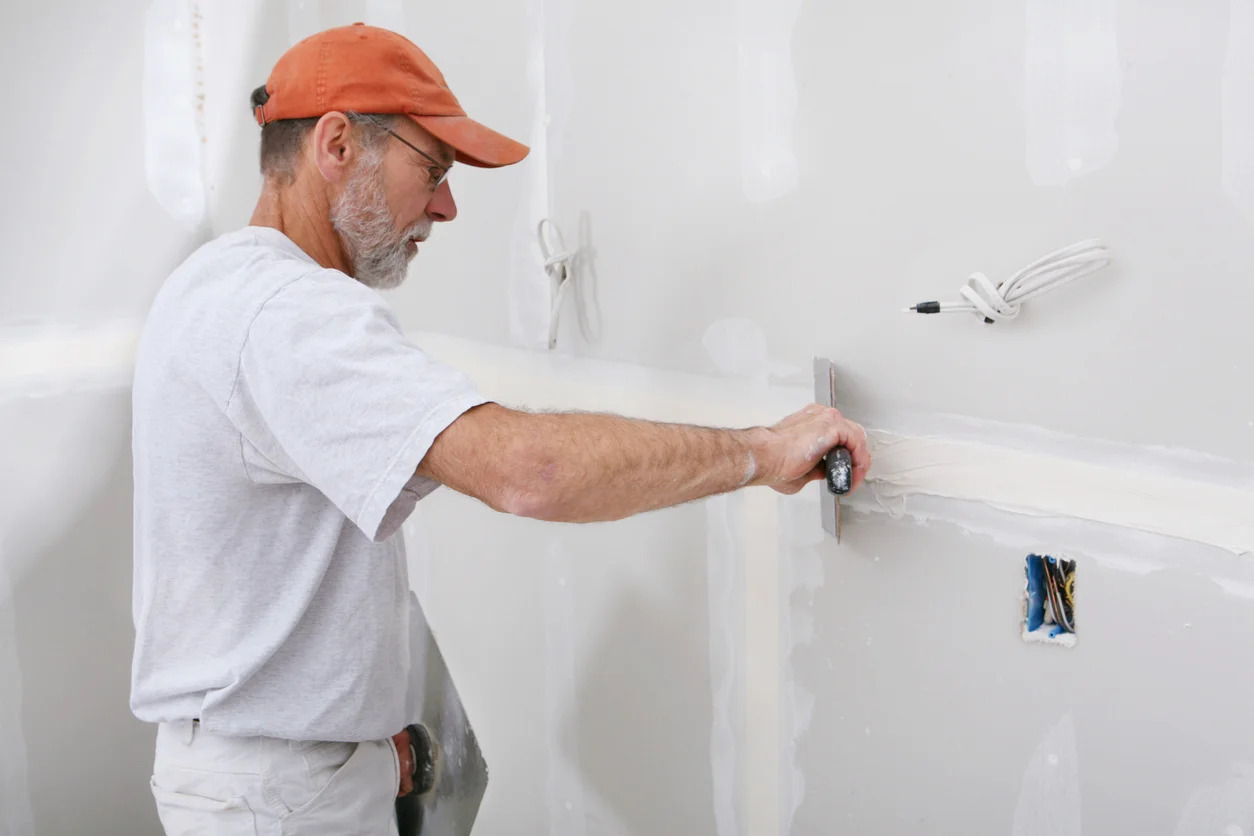
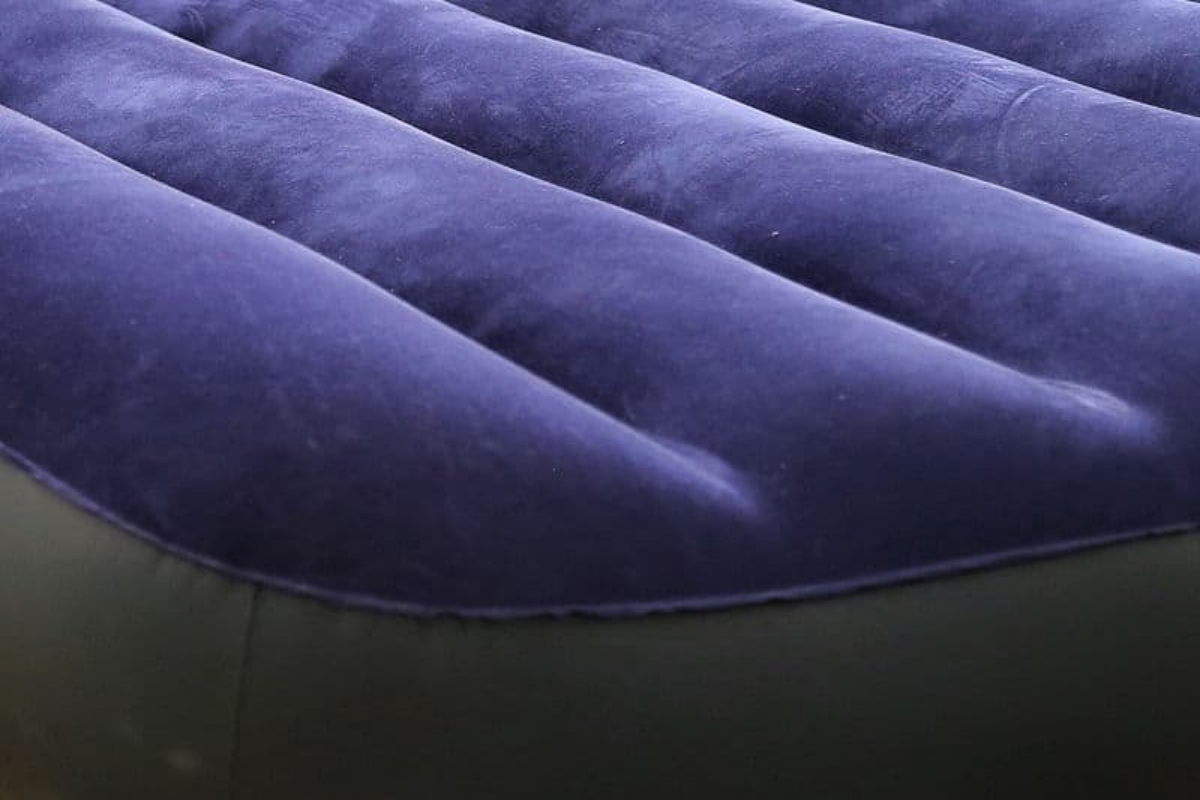
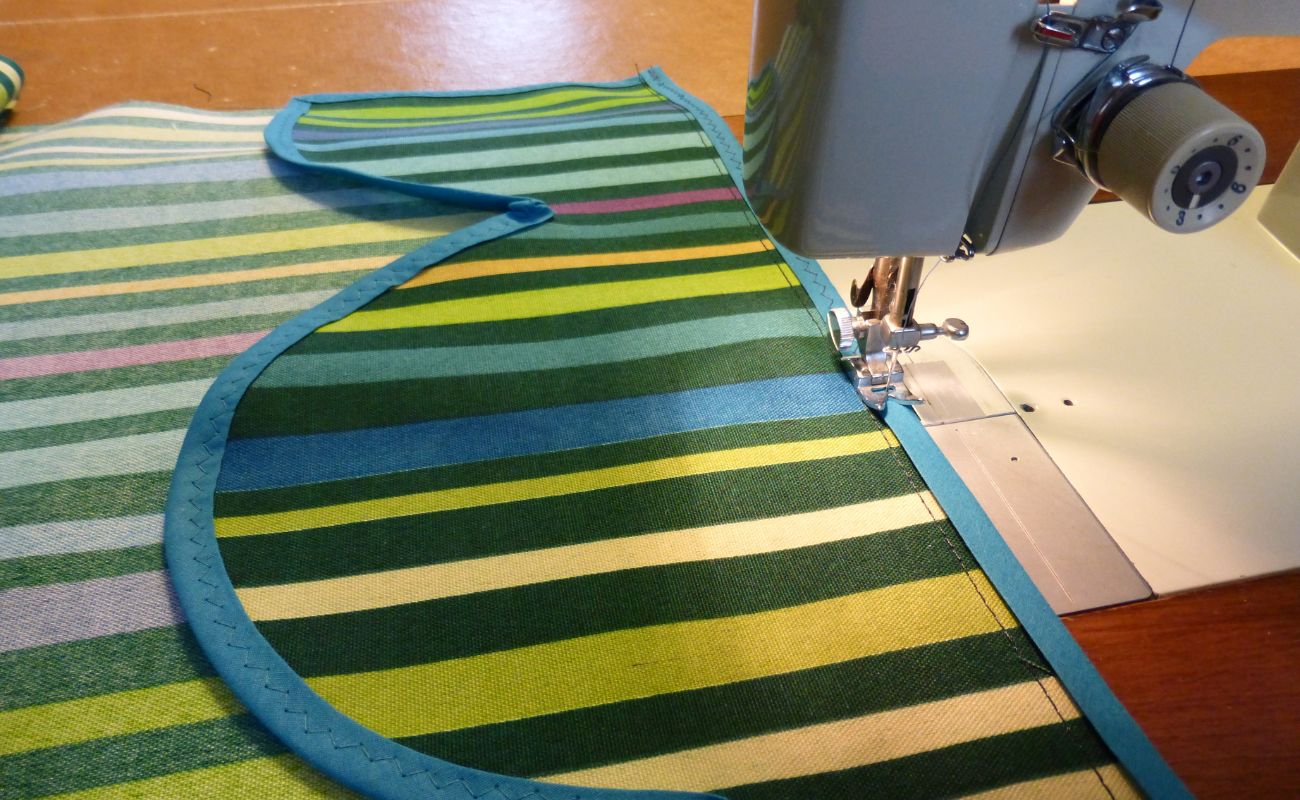
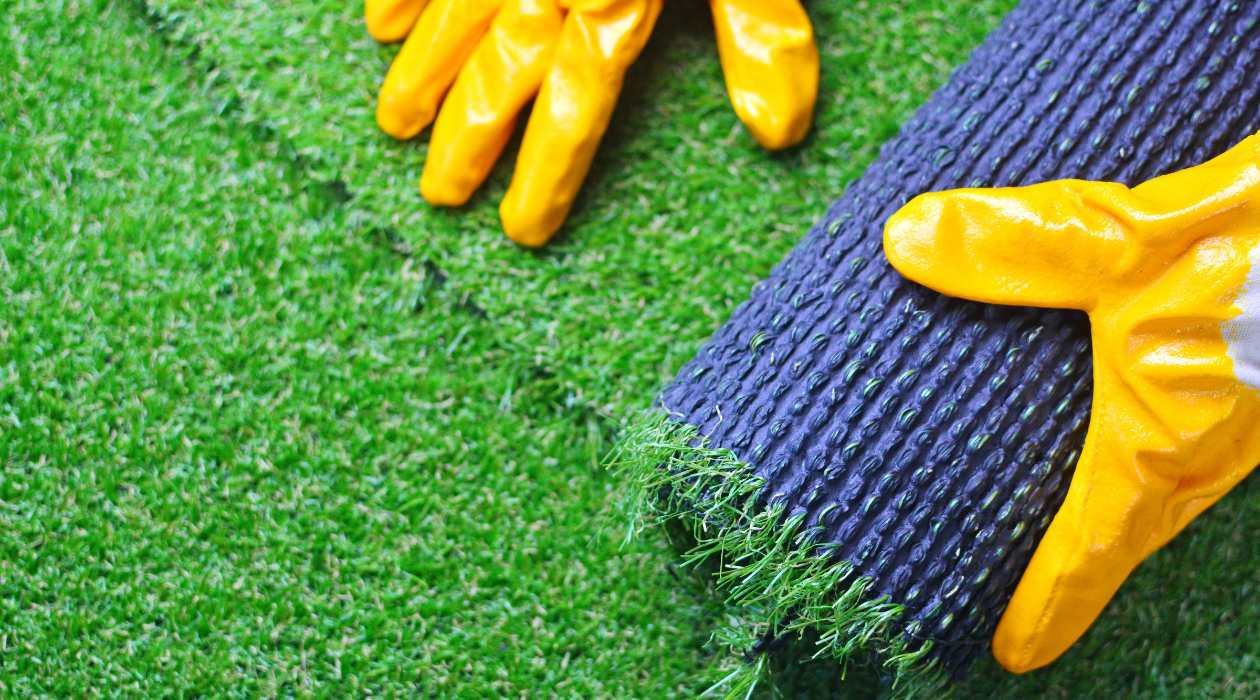

0 thoughts on “How To Sew A Pillowcase Using French Seams”